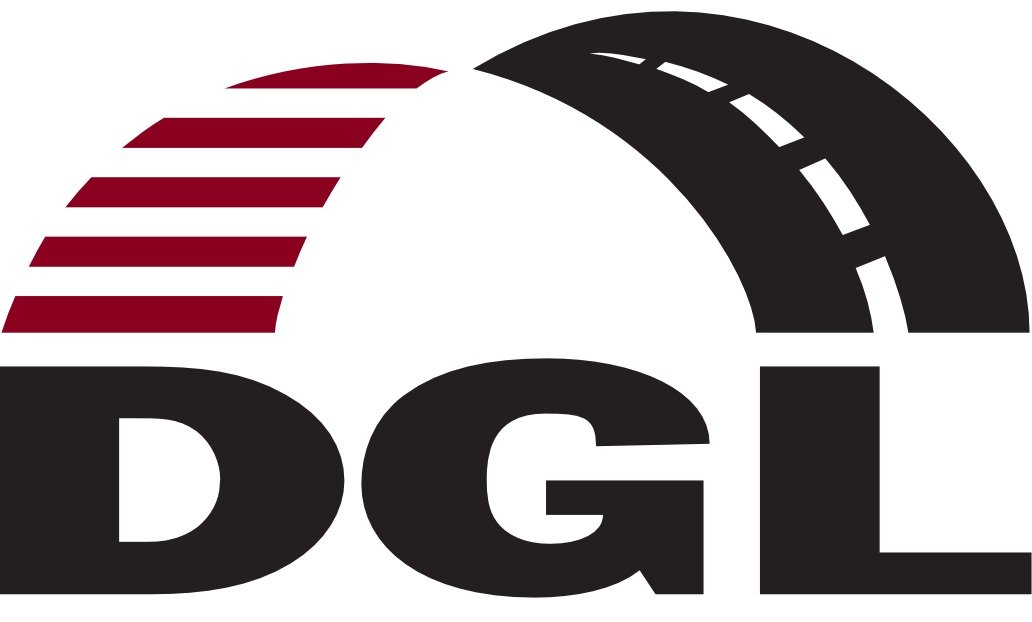Carlson Library Bridge Replacement
Client - University of Toledo
Location - Toledo, OH
Services - Transportation
The Carlson Library Pedestrian Bridge is a high traffic bridge that had proven too narrow for the amount of daily traffic. As the University grew, the area around the Carlson Library also became an aesthetic focal point. The bridge was first constructed for convenience for pedestrians; aesthetics and an increased population was not taken into consideration for the design. UT determined a new bridge was warranted to accommodate the increased pedestrian traffic, thus creating a safer, more efficient route for students to navigate to their destination that also reflects UT’s gothic architectural theme that is apparent throughout the campus.
DGL was involved in all aspects of this project, from the preliminary phase through construction and performed bridge inspections on the previous bridge since 2011. DGL established recommended rehabilitation and replacement options, as well as preliminary cost estimates. Ultimately, complete structure replacement was recommended and pursued. DGL worked with The University and prefabricated steel truss manufacturers, to create a bridge that met all design requirements and aesthetic requirements from UT. DGL worked with UT by helping prepare the bid documents, as well as reviewing and recommended contractors. DGL was also involved in the construction phase, such as reviewing contractor bids, shop drawings review and construction inspection.
DGL’s aesthetically pleasing design includes appropriately accommodating the increased traffic demand without impeding the flow of the river underneath. Other project elements include utility lines, the water flow of the Ottawa River, the trees along the riverbed and the number of pedestrians able to cross the bridge. The design meets or exceeds the American Association of State Highway and Transportation Officials (AASHTO) guidelines, water flow clearance and budget. AASHTO guidelines specifically outline pedestrian load constraints, which have been addressed. Water flow was a concern for the area due to the river bank flooding during heavy rainfall. With the annual flooding, considerations included a design that does not obstruct the water way.



